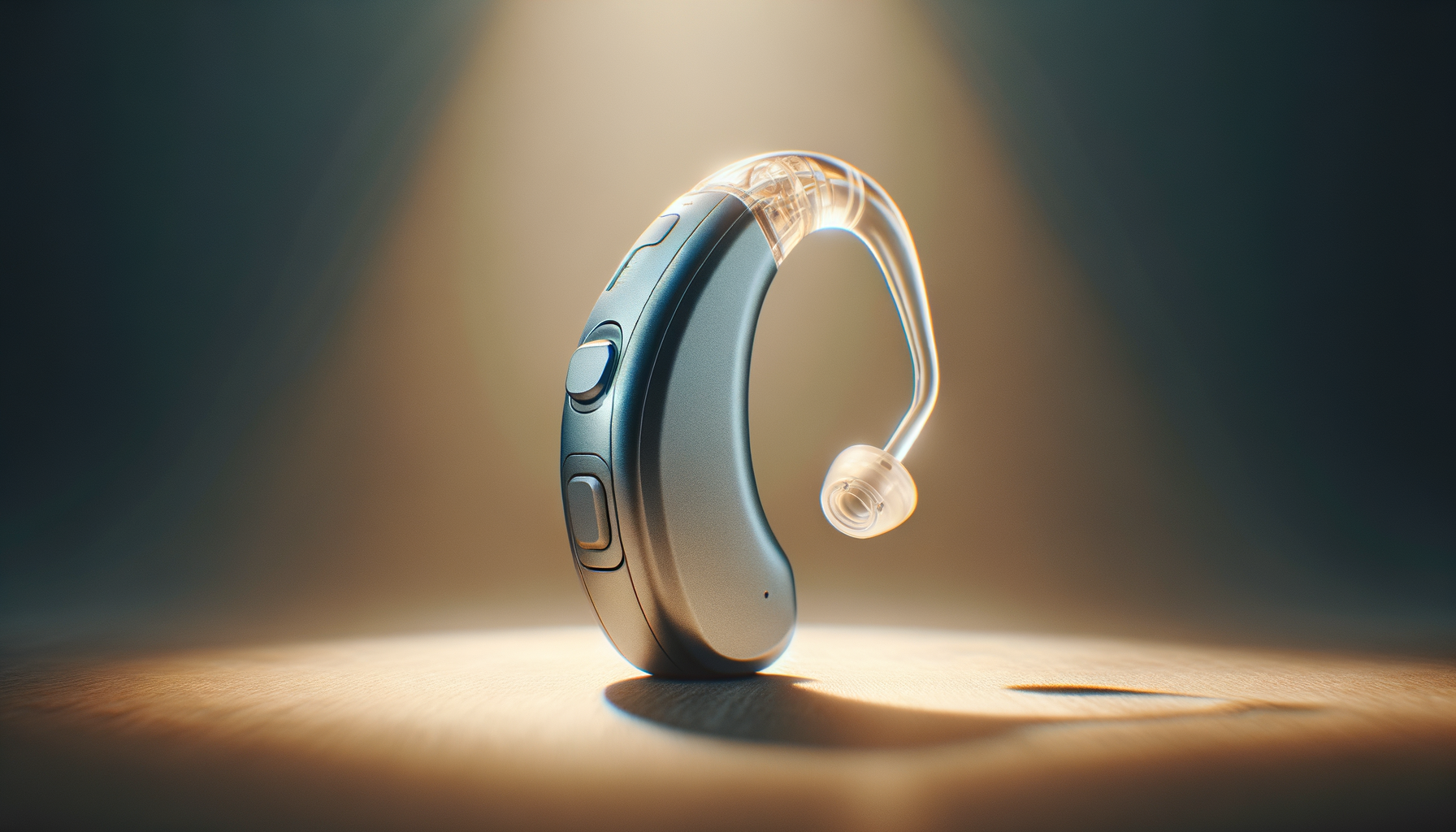
Hearing Aids: Clearer Sound, Better Quality of Life
Understanding Hearing Aids: An Overview
Hearing aids are small electronic devices that amplify sound for individuals with hearing loss. They are designed to help users perceive sounds more clearly, making communication easier and enhancing the overall quality of life. Typically, hearing aids consist of a microphone, amplifier, and speaker. The microphone picks up sound waves, converting them into electrical signals. The amplifier increases the strength of these signals, which are then converted back into sound by the speaker and delivered into the ear canal.
The importance of hearing aids cannot be overstated. According to the World Health Organization, over 466 million people worldwide suffer from disabling hearing loss, and hearing aids can significantly improve their ability to engage with the world around them. With advancements in technology, modern hearing aids offer features such as noise reduction, wireless connectivity, and rechargeable batteries, making them more user-friendly and efficient.
There are various types of hearing aids available, including:
- Behind-the-ear (BTE) aids: These are worn behind the ear and connected to an earmold inside the ear canal.
- In-the-ear (ITE) aids: These fit completely inside the outer ear and are used for mild to severe hearing loss.
- In-the-canal (ITC) aids: These are custom molded and fit partly in the ear canal, suitable for mild to moderate hearing loss.
Each type has its advantages and is suited to different levels of hearing loss and user preferences. Understanding these options is crucial for selecting the right hearing aid.
How Hearing Aids Improve Quality of Life
Hearing aids are not merely devices for amplifying sound; they are life-changing tools that can significantly enhance the quality of life for individuals with hearing loss. By improving the ability to hear, these devices facilitate better communication, reduce the strain of listening, and help users engage more fully in social activities.
One of the key benefits of hearing aids is the improvement in social interactions. Individuals with hearing loss often experience feelings of isolation and frustration due to difficulties in communication. Hearing aids can alleviate these challenges by making conversations more accessible and enjoyable. This, in turn, can lead to improved relationships with family, friends, and colleagues.
Moreover, hearing aids contribute to mental well-being. Studies have shown that untreated hearing loss is linked to cognitive decline and an increased risk of depression. By addressing hearing loss, hearing aids help maintain cognitive function and emotional health. Users often report a boost in confidence and a greater sense of independence.
In addition to social and mental benefits, hearing aids enhance safety. They allow users to hear important sounds, such as alarms, sirens, and traffic, which is crucial for personal safety. Thus, hearing aids not only improve the quality of life but also ensure that individuals can lead safer and more fulfilling lives.
The Technology Behind Modern Hearing Aids
The technology integrated into modern hearing aids has evolved significantly, offering users more than just basic sound amplification. Today’s hearing aids are equipped with advanced features that enhance their functionality and user experience.
One of the notable advancements is the inclusion of digital signal processing (DSP). DSP technology allows hearing aids to differentiate between speech and background noise, enhancing the clarity of conversations even in noisy environments. This feature is particularly beneficial in social settings, where background noise can be overwhelming.
Another innovative feature is wireless connectivity. Many hearing aids now offer Bluetooth capabilities, enabling users to connect their devices to smartphones, televisions, and other electronic devices. This connectivity allows for direct streaming of phone calls, music, and other audio content, providing a seamless listening experience.
Rechargeable batteries are also becoming a standard feature in modern hearing aids. These eliminate the need for frequent battery replacements, offering convenience and cost savings in the long run. Additionally, some hearing aids come with telecoil technology, which allows users to connect to hearing loops in public places like theaters and airports, ensuring clear sound transmission.
With these technological advancements, hearing aids are more effective and user-friendly than ever before, making them an invaluable tool for those with hearing loss.
Choosing the Right Hearing Aid
Selecting the right hearing aid is a crucial decision that depends on various factors, including the degree of hearing loss, lifestyle preferences, and budget. Consulting with an audiologist is the first step in this process, as they can conduct a thorough hearing assessment and recommend suitable options based on individual needs.
When choosing a hearing aid, consider the following factors:
- Type and degree of hearing loss: Different hearing aids are designed for varying levels of hearing impairment. It’s important to choose a device that matches the specific type and degree of hearing loss.
- Lifestyle: Active individuals may benefit from hearing aids with features like moisture resistance and noise reduction for outdoor activities.
- Technology and features: Evaluate the technological features available, such as Bluetooth connectivity, noise reduction, and directional microphones, to determine which are most beneficial for your lifestyle.
- Budget: Hearing aids can vary significantly in price. Consider your budget and explore options that offer the best value for your investment.
Additionally, trial periods and warranties are important considerations. Many manufacturers offer trial periods, allowing users to test the hearing aids and ensure they meet their needs. Warranties provide peace of mind, covering repairs and replacements if necessary.
By taking these factors into account, individuals can make informed decisions and choose hearing aids that enhance their hearing experience and quality of life.
Maintaining and Caring for Hearing Aids
Proper maintenance and care are essential for ensuring the longevity and optimal performance of hearing aids. Regular cleaning and maintenance not only extend the life of the device but also ensure that it functions effectively, providing clear and reliable sound.
Here are some tips for maintaining hearing aids:
- Regular cleaning: Use a soft, dry cloth to wipe the hearing aids daily. Avoid using water or cleaning agents, as moisture can damage the device.
- Keep them dry: Remove hearing aids before showering, swimming, or any activity involving water. Consider using a dehumidifier specifically designed for hearing aids to keep them moisture-free.
- Check the batteries: Regularly check and replace batteries as needed. If using rechargeable hearing aids, ensure they are charged daily.
- Schedule professional check-ups: Regular visits to an audiologist are important for professional cleaning and adjustments. They can also address any technical issues or concerns.
By following these maintenance tips, users can ensure their hearing aids remain in excellent condition, providing optimal performance and enhancing their daily experiences.


